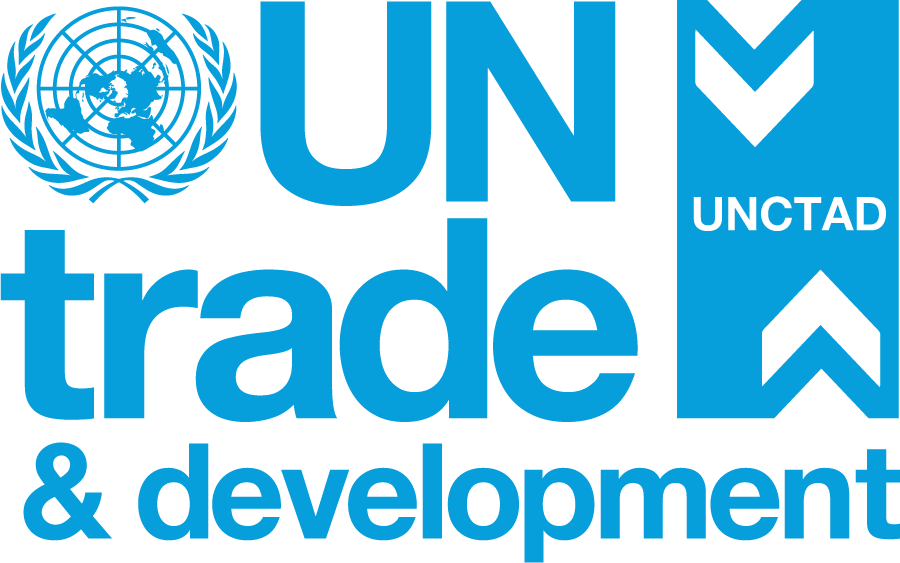LDC5 side event: Building Capacity in Investment Promotion to Advance the SDGs in least developed countries
Excellencies,
Distinguished Panelists,
Ladies and Gentlemen,
Dear Friends,
It is my distinct honour and pleasure to welcome you today to such an important meeting, focused on identifying actions and partnerships to deliver the investment needs of the Doha Programme of Action and support the world’s least developed countries (LDCs).
As I have said throughout this forum, the world is in a “perfect storm” of crises – climate change and environmental degradation, debt distress and rising hunger, war and trade geopolitics. But while all countries in the world face this storm, some countries have better shelter than others. Least Developed Countries are particularly vulnerable to the immense challenges ahead. And the Doha Programme of Action is urgent, for us to collectively support LDCs in building the shelters they need, in time, in form, and in substance.
This asymmetry in the face of crisis, is also true in the investment context. Inevitably, these cascading crises have affected global foreign direct investment (FDI) flows. Our latest research from UNCTAD shows that new investment project numbers, including greenfield announcements, international project finance deals, and cross-border mergers and acquisitions all shifted in reverse after the first quarter of 2022, with further declines expected this year. The consequence is that LDCs are receiving a very small share of an increasingly small pie – and this, at a time when rising interest rates in advanced economies have triggered capital flight from developing countries at record speed in 2022.
Foreign direct investment flows to LDCs have shown only modest growth since LDC4, which took place in Istanbul in 2011. LDCs share in global FDI over 2011-2021 remained in most years below 2 per cent, while their share in developing country inflows stayed below 4 per cent. For 2021, LDCs received just $28 billion in foreign direct investments – to put this into context, this is almost exactly the same amount that Apple spent in research and development during that same year. That said, there are also significant variations by country and by region, with Asian LDCs showing a modest increase in FDI, while African LDCs, Haiti and other island LDCs have shown an average decline.
These trends are in dire contrast to efforts made in LDCs to attract FDI. Many have been dynamic reformers, creating better conditions for investment and private sector development. They have opened up new sectors and activities for FDI, enhanced investment protection guarantees, created investment promotion agencies and investment support mechanisms. And according to our research, one in ten measures taken targeted specifically investment in sectors related to the Sustainable Development Goals (SDGs). But much more needs to be done.
Just this week we published a Special Issue for LDC5 on Investment Promotion in LDCs: a Needs Assessment. This special issue has important survey data in what investors say about the challenges they face in their LDC operations, as well as the greatest opportunities they see. In terms of challenges, the top three are (1) access to finance, (2) taxes, and (3) access to skills. And in terms of opportunities, many look with optimism at the economic sectors of agribusiness, energy, and digital education.
It is important that the work of investment promotion in LDCs is able to address these obstacles, while at the same time ensuring that investment flows really produce a sustainable development impact.
Global investment flows that are going towards SDG related sectors and projects have been severely affected by the COVID-19 pandemic and subsequent crises. In 2021, LDCs received only 15% of the total amount of SDG investment that went to developing countries, down from 19% the previous year.
As the annual SDG investment gap continues to widen – now at more than $4 trillion in developing countries – the international community cannot wait any longer to take concrete actions to channel private sector finance to delivering the SDGs. Wisely, the Doha Program of Action includes specific targets related to investment promotion, targets which we look forward to contributing to.
We at UNCTAD believe that we must join forces to attract new, transformative investment towards the LDCs. I am very proud that we initiated one of the first multi-agency programmes aimed at strengthening the capacity of investment promotion agencies to increase sustainable investment in the LDCs. During the past year, we have worked in capacity building with over 60 government officials from 20 LDCs in investment promotion and facilitation for greater sustainable development impact. This was done in partnership with UN-OHRLLS, ILO, UNIDO and the World Association of Investment Promotion Agencies (WAIPA), who are present with us in this event.
As part of this multi-agency project, we created an LDC-focused digital platform called the Executive IPA College which is hosted by ILO’s International Training Centre in Turin. The content and training modules developed have been designed based on the expertise of each of the partner agencies as well as their longtime technical assistance experience in the field.
The multi-agency project, funded by the Enhanced Integrated Framework, who is also here with us, is completing its first phase this year.
I call on the international community and partners present here today to support us as we work towards a second phase of this project, which would be extended to all LDCs. We have an opportunity to come together and support LDCs at this critical time, galvanizing the important platform that the Doha Program of Action provides.
Your Excellencies, Ladies and Gentlemen, Dear Friends,
The 2030 Agenda is a global race, and this race is not over until all LDCs have crossed the finish line.
I am eager to hear the panel ahead, which will provide us with some key ideas to raise our pace in the raise, to ensure that no one is left behind.
I yield the floor and I thank you for your attention.


